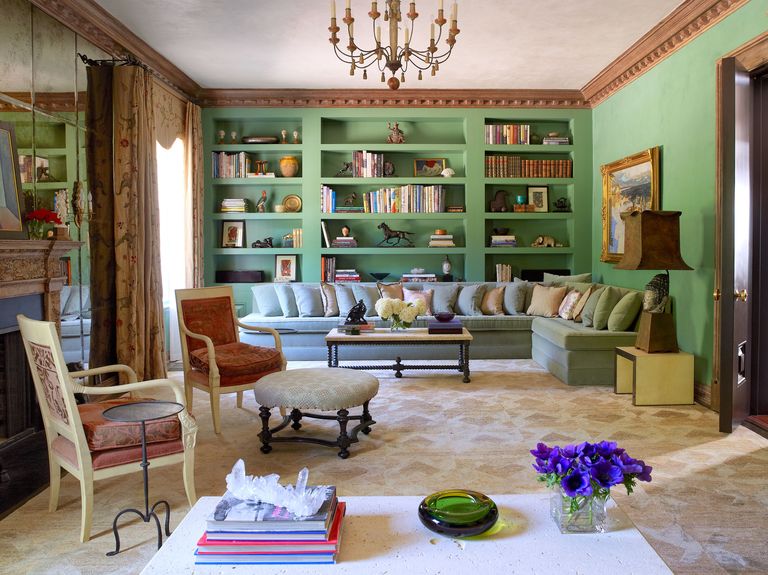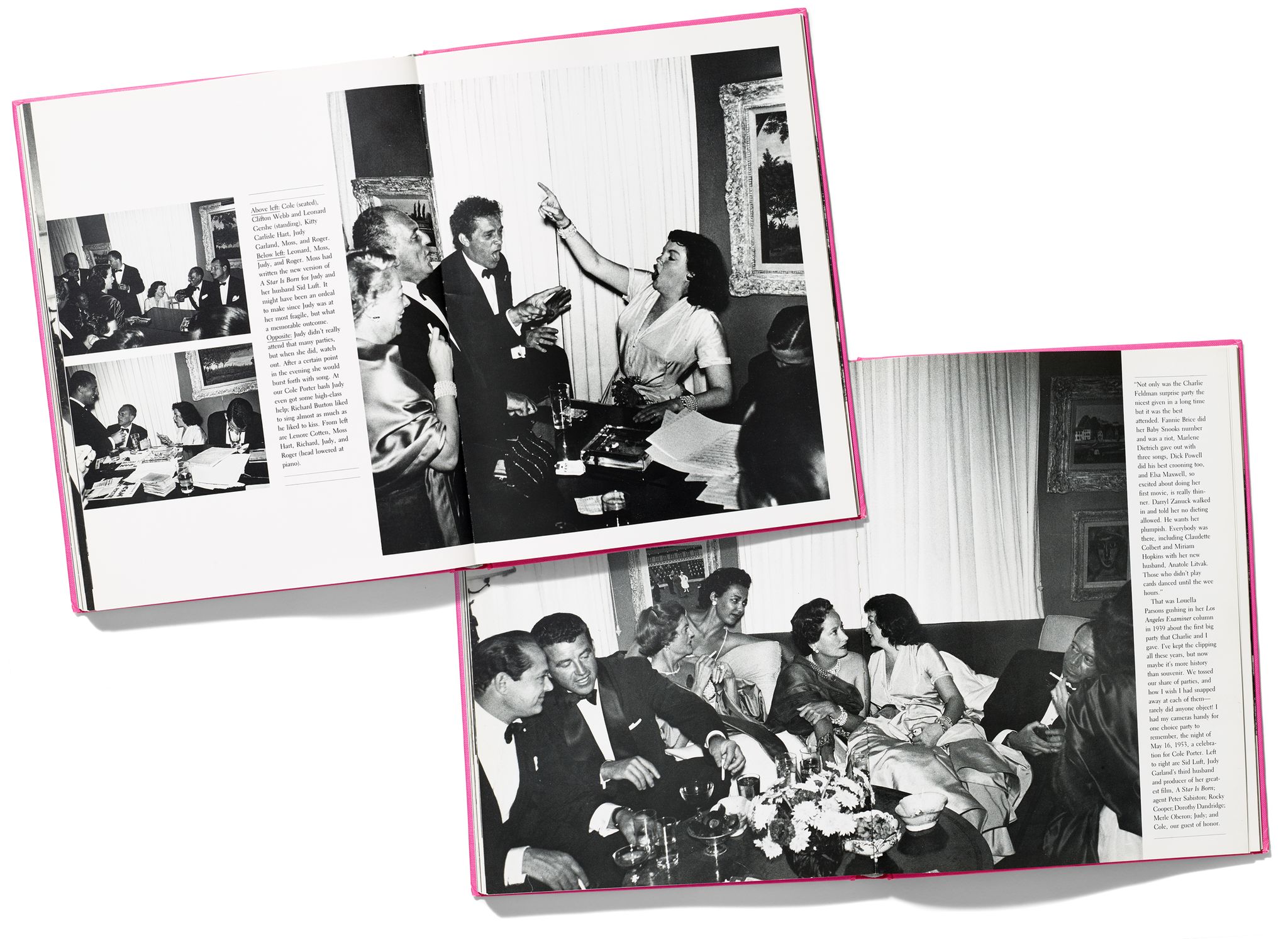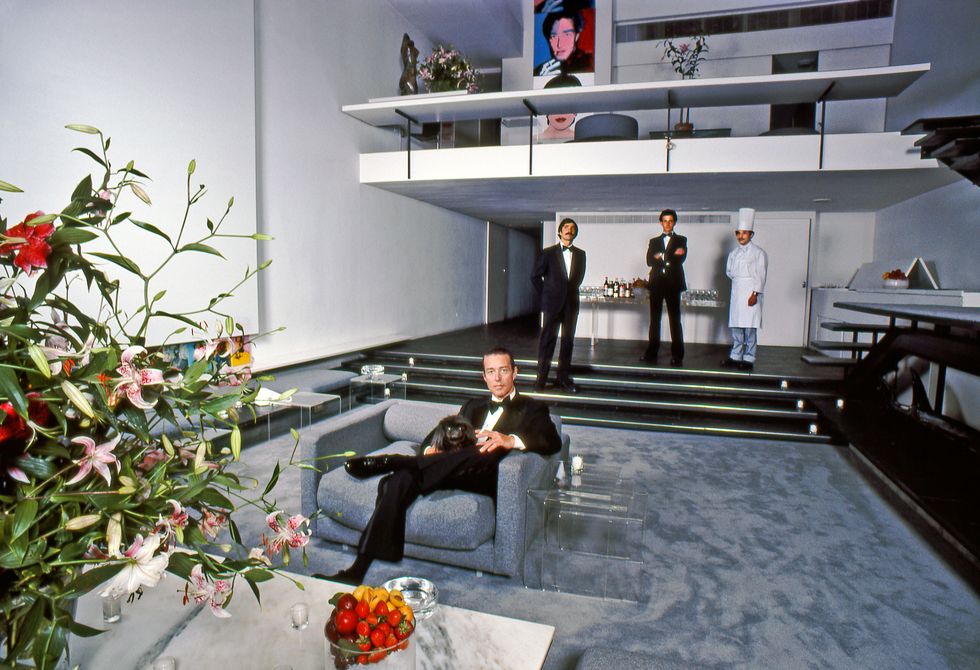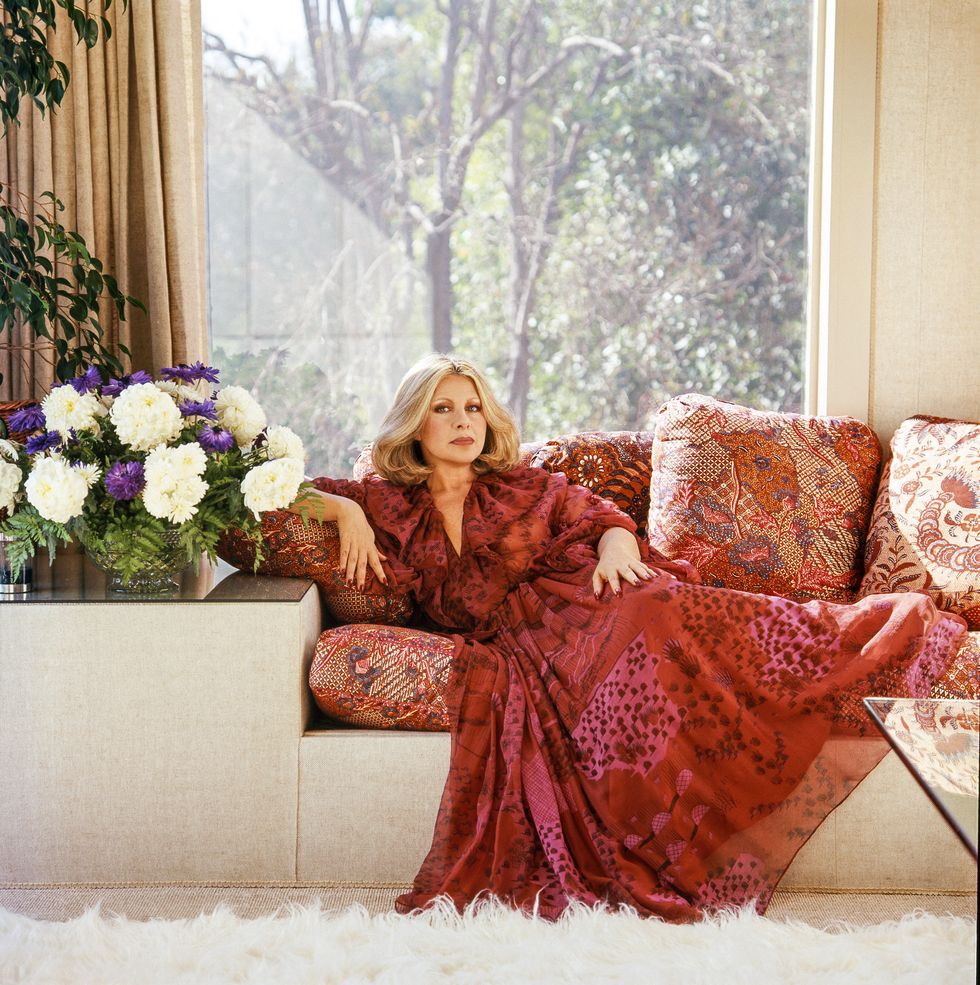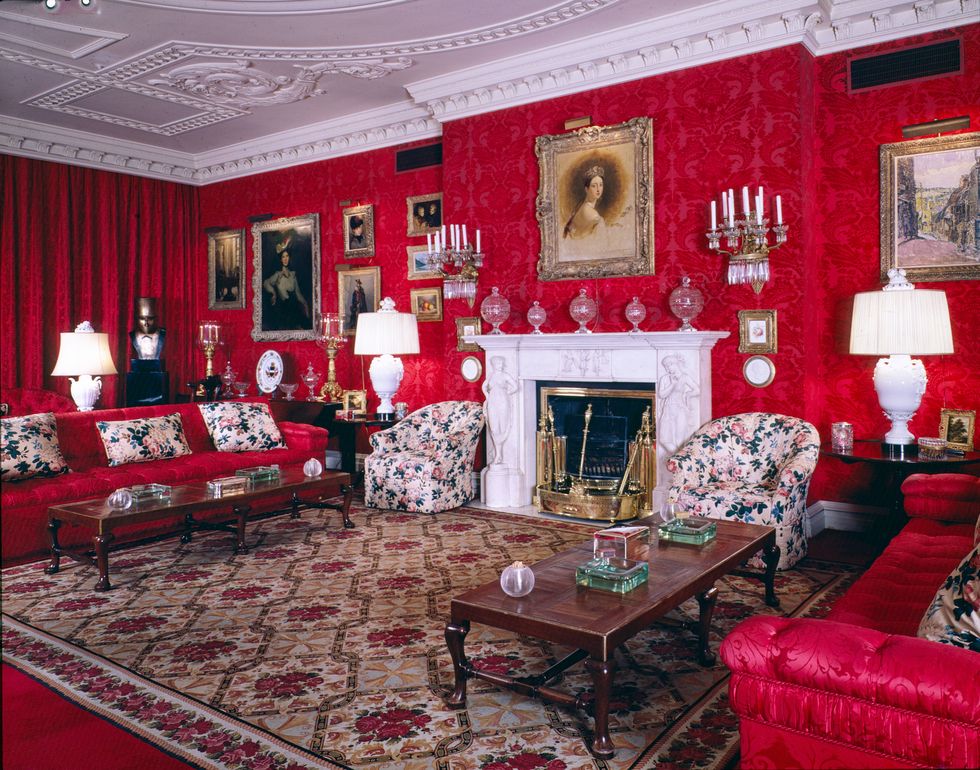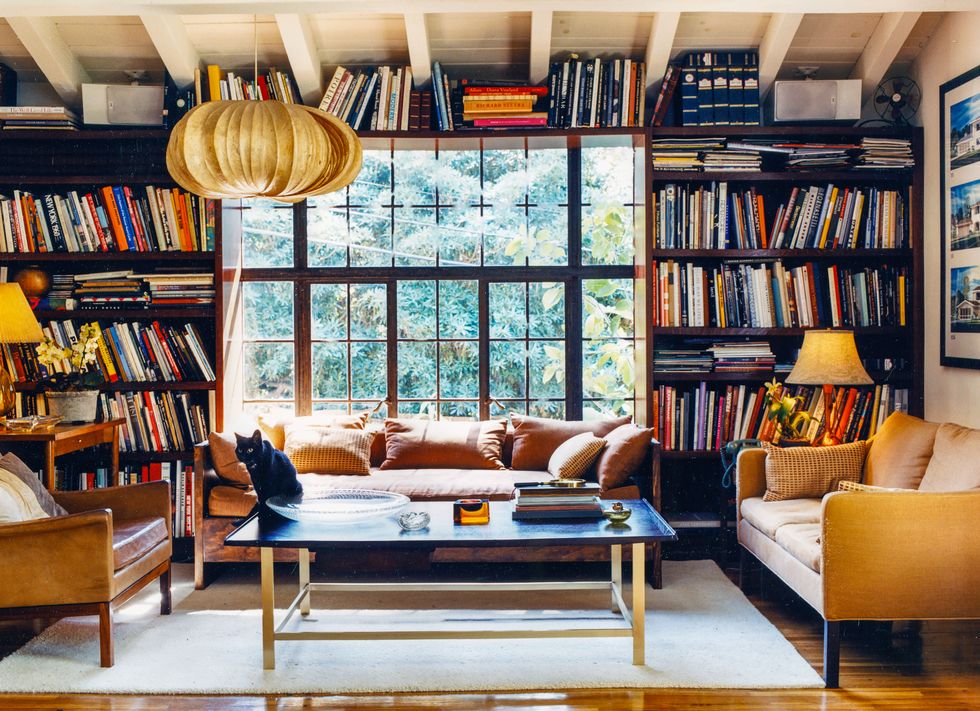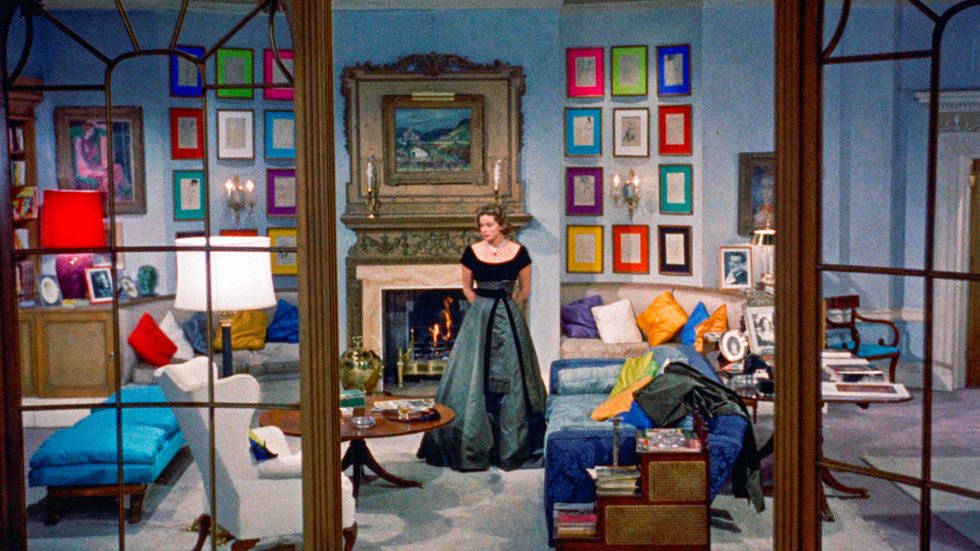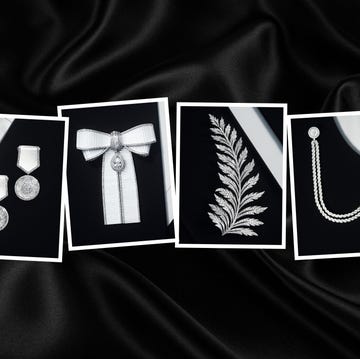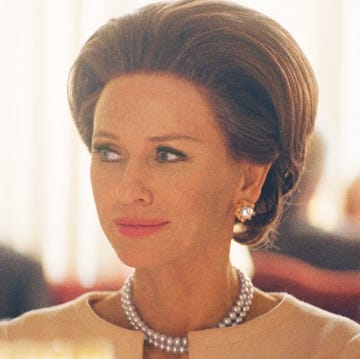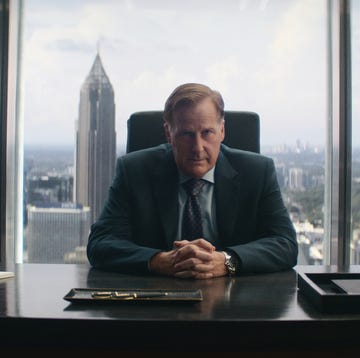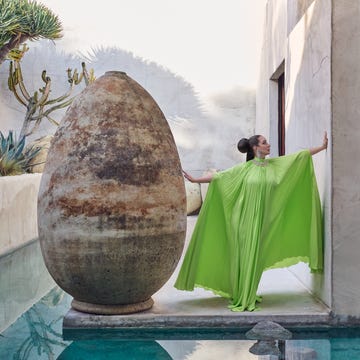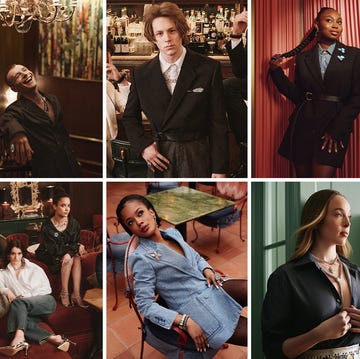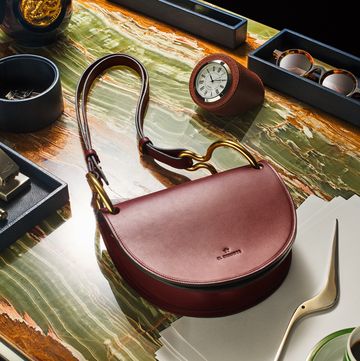You may think you know what a party house is, but not until you come across the book Jean Howard’s Hollywood do you really know what a party house is. I submit as evidence the photo above, showing Richard Burton and Judy Garland bellowing at each other over a piano, and the one below showing Rocky Cooper, Dorothy Dandridge, Merle Oberon, Ms. Garland again, and Cole Porter arrayed, from left, across an enormous sofa, feeling no pain. Ladies and gentlemen of the jury, I was not there, but just looking at these pictures makes me hungover. And makes me wonder: Why did this happen in Jean Howard’s living room and not mine—or yours? A party house is a place where everybody knows they’re going to have a good time, and an epic party house—like Halston’s townhouse on 63rd Street or the late Bob Evans’s place in L.A. or any place Jean Pigozzi chooses to live—is actually an art form, like high-performance athletics, a way of living many have imitated but few (after college) have mastered.
Besides the Rolodex issues, what makes a party house? We all know the answer does not lie only in decoration; a great host would be a great host, whatever the backdrop. Let’s approach it as a design question, a case study, taking pictures of a few of the greatest party houses there have ever been and maybe, just maybe, finding clues in the lighting, food, arrangement of furniture, type of alcohol served, ceiling heights, mix of genders—anything that may be right before our eyes—to make the next cocktail party we give a ripper and not a dog.
Scale, and The Boite Effect
“I like people to come into my living room and not be afraid to sit down,” Jean Howard said in 1978. “That’s why my taste runs to large pieces of furniture.” This is how we get everyone piled on the extralong sofa. But in any proper investigation, it’s important not to overlook the details. If we examine the Jean Howard photos forensically, we notice a small detail: The curtains are drawn. I’m sure there was a beautiful California garden full of night-blooming jasmine out there, but a hostess like Howard knows that, psychologically, a party needs a center. I have seen this done before, in English country houses at night, and once on Long Island, when it surprised me to walk into a house on the ocean and find all the curtains in the living room closed. There’s a certain merriment to feeling enclosed, crushed in together, and when the party got going it really did make a difference.
She’ll Eat You Last
Famous were the evenings at Sue Mengers’s John Elgin Woolf house on Lexington Road in Beverly Hills—famous enough for there to be a play about them. With such a dominant personality in charge, it’s hard to imagine that decor would have had much to do with the success of things. But when I asked someone who went to many of those parties about the experience, she had a singular recollection about the house itself: “There were always four silver candlesticks on a coffee table in front of Sue. These were key to setting the atmosphere, and when she sat down in her chair in front of them, she never moved.
The whole room was a kind of dusky pink, but the candlesticks were what I remember noticing. (Where are those candlesticks now? If you were there, you probably know.) What have we learned? It’s the candlelight, stupid. As Bette Midler said (as Sue), “Why be a king when you can be a kingmaker?” To be a star in a room full of stars, get your lighting right.
Haunted—But They’re Good Ghosts
If there is a case for a house just having party juju, Ben Sonnenberg’s place at 19 Gramercy Park South would be it. Its reputation as the best party house in town was cemented long before the inventor of the modern PR industry took up residence, in 1945. Mamie (Mrs. Stuyvesant) Fish, the most provocative and “fun” hostess of the Gilded Age, was the previous owner. By the end of Sonnenberg’s life, however, he had eclipsed her, filling the top floor ballroom with the likes of Bob Dylan, Lauren Bacall, and Marilyn Monroe.
Just as it had been in the 1880s, for much of the Atomic Age, No. 19 was the place to be, and in 1979 Brendan Gill referred to 19 Gramercy Park South as “the greatest private house remaining in private hands in New York.” Did you say something about a ballroom? Sonnenberg was a legendary mixer, and the ballroom was his blank canvas, a mythical thing in the latter half of the 20th century. Get yourself one, or, if that’s not in the cards, simply start a rumor that you have one but it’s under construction.
Get the Lighting Right
The greatest party house I have personally known was the late decorator Paul Fortune’s home in Laurel Canyon. Paul was a master of atmosphere, and he and his husband Chris Brock would take beautiful care of you, but besides the low lighting and aura of real friendship, one thing stands out. I don’t recall ever being in that double-height living room, with its curious staircase leading to a closed door, when there wasn’t a fire going. This makes you feel you have been expected, and the olfactory aspect plays a role too. If you don’t have a fireplace, turn all the lights out and put a bedsheet over a table, with a lamp underneath it on the floor and a drinks tray on top. If your friends don’t like this mysterious, glowing surprise, as the saying goes, they’d probably kick a puppy.
The Best Party You’ve Never Been To
Any list of party houses we never went to but wish we had must include a room that never existed: Ingrid Bergman’s London living room in Stanley Donen’s Indiscreet (1958). Of all the great sets in the Technicolor films of that era—think of The Band Wagon, Gigi, Auntie Mame, High Society—there is an aura of mirth about this one that stays with you long after the movie ends. No big parties happen here, but the room is the stage for the best party of all, a late-in-life courtship between Cary Grant and Ingrid Bergman.
There are no design accidents, and lots of sensual curves: rounded banquettes, for perching near the fire, and bowed Georgian windows that frame the front door to create an entrance. I have always thought the design of this room and this movie were a love letter from Donen to a certain kind of high living he was himself enjoying in London at the time. But what is the thing that makes the room such an unforgettable, inimitable success? The picture mats in every jewel color. Whatever may be about to happen, the party on the walls has already begun.
A version of this story appears in the April 2021 issue of Town & Country.
SUBSCRIBE NOW
